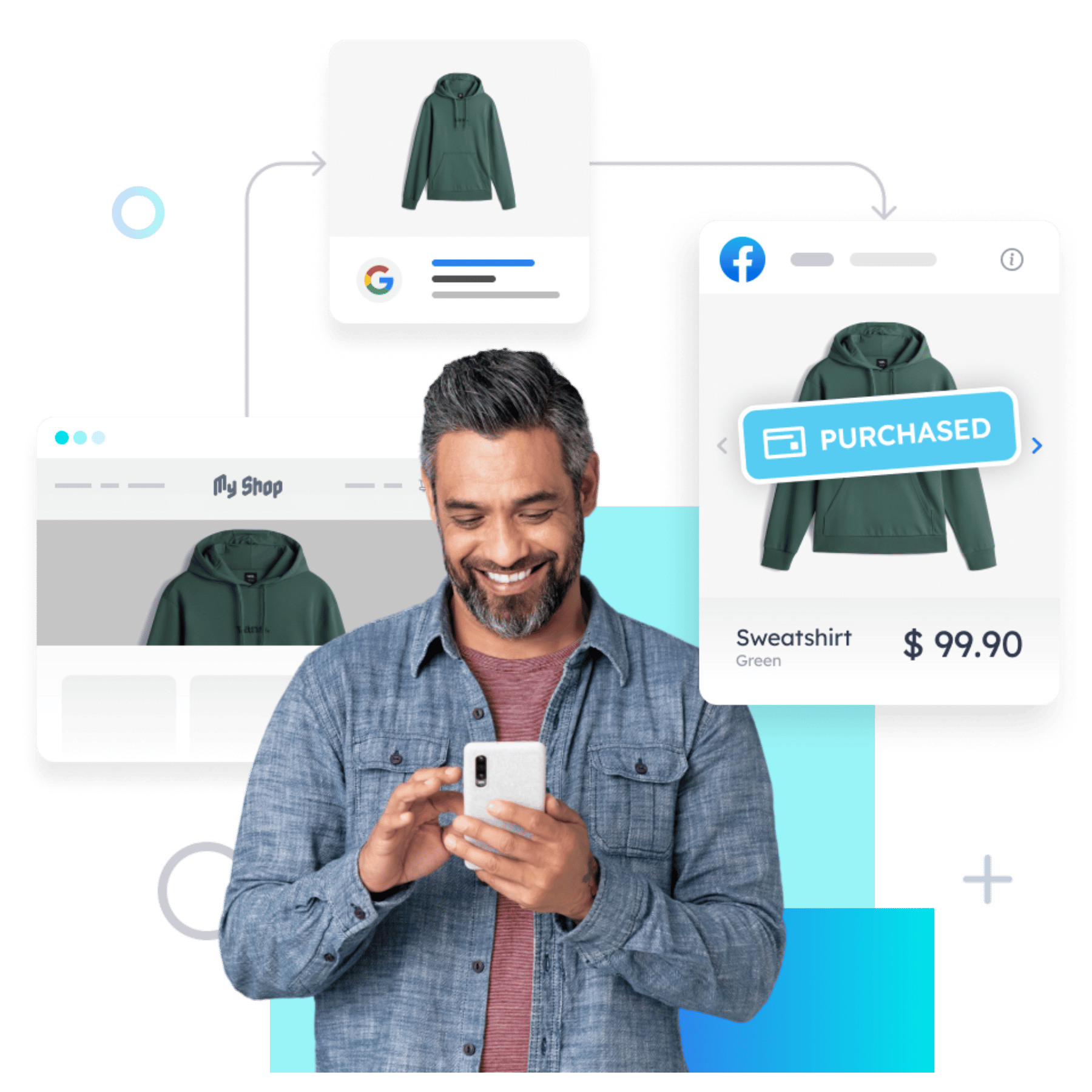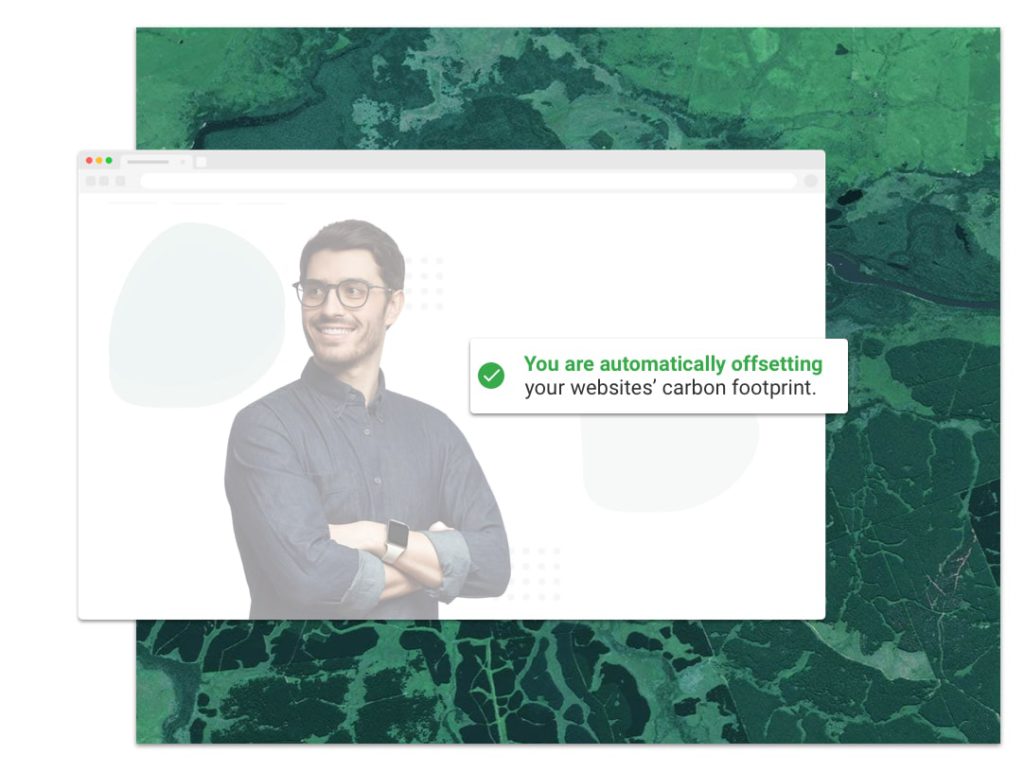
The landscape of SaaS marketing is undergoing profound transformations, driven by technological advancements, changing consumer behaviors, and an increasingly competitive marketplace. To thrive in this dynamic environment, SaaS companies must adopt innovative strategies, embrace emerging trends, and fine-tune their marketing tactics.
We’ll delve into the current state of SaaS marketing and explore the trends and tactics that are poised to define success in 2024. Whether you’re a seasoned SaaS professional, a startup founder, or a marketing enthusiast, this guide will provide you with actionable insights and practical advice to navigate the challenges and opportunities that lie ahead.
Current State of SaaS Marketing
The SaaS marketing landscape, as we approach the year 2024, is a dynamic and rapidly evolving arena. To understand the trends and tactics that will shape success in the coming year, it’s essential to first grasp the current state of SaaS marketing. These are some of the key developments and changes that have been defining this landscape:
- Evolving Consumer Expectations: The digital age has fundamentally changed the way consumers interact with SaaS products and services. Today’s users demand more than just functionality; they seek seamless, user-friendly experiences. The rise of user-centric design and the importance of delivering exceptional customer experiences have become central themes in SaaS marketing. This shift emphasizes the need for SaaS companies to prioritize user satisfaction and engagement.
- Expansion of Competition: Competition in the SaaS market has intensified significantly over the years. As more companies enter the sector, the number of solutions available to businesses and consumers continues to grow. This increased competition presents both opportunities and challenges. On one hand, it fosters innovation and drives companies to improve their offerings. On the other hand, it necessitates a strategic approach to marketing and differentiation to stand out in a crowded field.
- The Post-Pandemic Landscape: The COVID-19 pandemic has had a lasting impact on SaaS marketing. It accelerated the digital transformation across industries, leading to a surge in demand for cloud-based solutions. As a result, SaaS companies experienced rapid growth, but they also had to adapt to the changing needs of a remote and distributed workforce. The pandemic has underscored the importance of flexibility and agility in SaaS marketing strategies.
- Privacy and Data Regulations: With the implementation of regulations like GDPR and CCPA, SaaS companies must prioritize compliance and transparent data practices. Customers increasingly value companies that respect their data rights, making privacy a critical element of trust-building in marketing efforts.
- The Shift to Subscription Models: Subscription-based pricing models have become the norm for SaaS companies. Customers appreciate the scalability and cost predictability that subscriptions offer. This shift has influenced marketing strategies, with a focus on customer retention and upselling as opposed to one-time sales.
Emerging Trends in SaaS Marketing and Tactical Insights
As we venture into 2024, the SaaS marketing landscape is being driven by a host of emerging trends. These are the latest trends shaping SaaS marketing, and why they are crucial for SaaS success:
1. AI and Machine Learning for Personalization and Automation
Trend
- AI and machine learning have transcended buzzwords, becoming foundational tools in SaaS marketing. These technologies enable the hyper-personalization of marketing efforts, allowing companies to tailor messages, recommendations, and experiences to individual users.
- Why It Matters: Personalization enhances user engagement, conversion rates, and customer satisfaction. It streamlines marketing workflows by automating routine tasks such as lead scoring, email segmentation, and content recommendation, freeing up marketing teams to focus on strategy and creativity.
Tactics:
- Implement AI-driven experience optimization with Pathmonk Accelerate to provide dynamic interactions on your website based on your users’ intent
- Utilize predictive analytics to identify potential customers and tailor outreach.
- Leverage machine learning algorithms to optimize ad targeting and bidding.
Real-World Example: Amazon’s recommendation engine uses AI to analyze user behavior and suggest products, resulting in a significant increase in sales and customer satisfaction.
Increase +180%
leads
demos
sales
bookings
from your website with AI
Get more conversions from your existing website traffic delivering personalized experiences.

2. Account-Based Marketing (ABM) Strategies
Trend
- ABM is gaining momentum as a strategic approach in SaaS marketing. Rather than casting a wide net, ABM focuses on targeting high-value accounts with personalized, highly relevant content and messaging.
- Why It Matters: ABM helps SaaS companies maximize ROI by concentrating efforts on the most promising prospects. It fosters stronger relationships with key accounts and aligns sales and marketing teams for more effective outreach and conversion.
Tactics:
- Identify high-value target accounts based on ideal customer profiles (ICPs).
- Develop customized content and messaging tailored to each target account.
- Align sales and marketing teams to coordinate outreach efforts.
- Use data analytics to track engagement and adjust strategies in real time.
- Measure success based on the quality of leads generated and conversion rates.
Real-World Example: Terminus, an ABM platform, used its own ABM strategy to increase pipeline growth by 100% and achieve a 300% increase in revenue in one year.
3. Video Marketing and Interactive Content
Trend
- Video content and interactive formats are becoming go-to tools for SaaS marketers. Video explainer videos, product demos, webinars, and interactive quizzes engage audiences more effectively than static content.
- Why It Matters: Video and interactive content can convey complex information in an easily digestible format, increasing user comprehension and retention. They also drive higher click-through rates and social sharing, extending brand reach and influence.
Tactics:
- Create explainer videos to simplify complex SaaS solutions.
- Optimize video content for different platforms and devices.
- Host webinars and live Q&A sessions to engage with your audience.
- Develop interactive infographics and quizzes to encourage user participation.
- Collect feedback and analyze viewer engagement to refine future content.
Real-World Example: HubSpot’s video content, including tutorials and interviews, has contributed to a significant increase in user engagement and brand visibility.
4. Privacy-Centric Marketing in the Post-Cookie Era
Trend
- With the decline of third-party cookies and increased privacy regulations, SaaS marketers are shifting towards privacy-centric strategies. This includes focusing on first-party data, cookieless technologies, obtaining explicit consent, and enhancing data security.
- Why It Matters: Prioritizing privacy builds trust with users and ensures compliance with evolving data regulations. It also encourages transparency, which can differentiate SaaS companies in a crowded market.
Tactics:
- Implement a transparent and easily accessible privacy policy.
- Obtain explicit consent for data collection and personalization.
- Educate users about their data rights and how their information is used.
- Focus on first-party data collection and analysis, and cookieless technologies.
- Communicate your commitment to data privacy in marketing materials.
- Regularly audit and update data practices to ensure compliance.
Real-World Example: Apple’s iOS 14 update introduced App Tracking Transparency (ATT), allowing users to control which apps can track their data, highlighting the importance of privacy in marketing.
2.5x better ad results with cookieless retargeting
Create high-converting retargeting ads based on your users' real-time intent.

5. Customer Experience Optimization (CXO)
Trend
- CXO focuses on optimizing the entire content journey, from discovery to consumption. It encompasses content personalization, interactive elements, and immersive experiences.
- Why It Matters: A well-optimized customer experience keeps users engaged and encourages them to explore further, ultimately driving conversions. In a world where content saturation is a concern, CXO helps SaaS companies stand out.
Tactics:
- Create interactive and visually appealing landing pages.
- Use Pathmonk Accelerate to deliver personalized touchpoints based on your users’ intent to increase the chances of conversion
- Use storytelling techniques to guide users through content journeys.
- Monitor user engagement metrics and adjust content accordingly.
- Ensure content is accessible and mobile-friendly for a seamless experience.
Real-World Example: Airbnb’s interactive neighborhood guides provide an immersive content experience, enhancing user engagement and retention.
6. Sustainability and Social Responsibility
Trend
- An increasing number of SaaS companies are incorporating sustainability and social responsibility into their marketing strategies. This includes promoting eco-friendly practices, supporting social causes, and transparently communicating corporate values.
- Why It Matters: Consumers, especially younger generations, are more likely to support and engage with companies that align with their values. Sustainable and socially responsible marketing can attract a loyal and socially conscious customer base.
Tactics:
- Authenticity is key; be transparent about your sustainability goals and achievements.
- Neutralize your website’s carbon footprint automatically with Pathmonk Climate
- Communicate your company’s sustainability efforts through blog posts and social media.
- Partner with environmental organizations or support local community initiatives.
- Integrate sustainable practices into your product design and operations.
- Encourage employee involvement in social responsibility initiatives.
- Highlight the positive impact of customer support for your chosen causes.
Automatically Make Your Website Carbon Neutral
Pathmonk Climate automatically offsets your emissions through high-quality climate projects, while analyzing and calculating your website’s carbon footprint. Showcase your climate actions with your zero-emission website certificate.

7. Data-Driven Decision-Making in SaaS Marketing
Trend
- In the dynamic world of SaaS marketing, data analytics stands as the foundation for making informed decisions. It empowers marketers to extract meaningful insights from a sea of information, guiding strategies and optimizing campaigns.
- Why it matters: A data-centric approach is a direct path to enhanced ROI. Through segmentation and targeting based on data-driven insights, you can reach the most receptive audience, thereby reducing ad spend wastage. Moreover, data can reveal cross-selling and upselling opportunities, further boosting revenue.
Tactics:
- Start by outlining clear marketing goals and KPIs. Knowing what you want to achieve will guide your data collection efforts.
- Select analytics and tracking tools that align with your objectives. Pathmonk Intelligence, for instance, offers comprehensive insights into web traffic and your sales funnel.
- Ensure that tracking codes are correctly implemented on your website, landing pages, and marketing materials. This ensures the accurate collection of data.
- Establish a routine for reporting and analysis. Regularly review data to identify trends and anomalies, and use these insights to optimize your strategies.
- Encourage collaboration between marketing, sales, and IT teams to ensure data integration and alignment across departments.
Understand your customer journey analytics
See how your users behave, find drop-offs, and receive actionable insights with AI.

Conclusion
As we step into 2024, the trends and tactics discussed in this post unveil a roadmap to navigate the dynamic landscape.
From harnessing the power of AI and machine learning for personalization to embracing Account-Based Marketing (ABM) for precise targeting, and championing data-driven decision-making, these strategies represent the compass that will guide your SaaS marketing endeavors. They are not mere trends; they are the pillars of sustainable growth.
Remember, it’s not just about keeping up with the times, but about leading the charge. By adopting these trends and implementing the tactical insights provided, you’re not just staying relevant, you’re setting new standards in SaaS marketing.
As you embark on this journey, always keep your audience at the forefront. Understand their needs, deliver personalized experiences, and strive for transparency. This human-centric approach will not only drive success in 2024 but will also set a solid foundation for the years to come.





